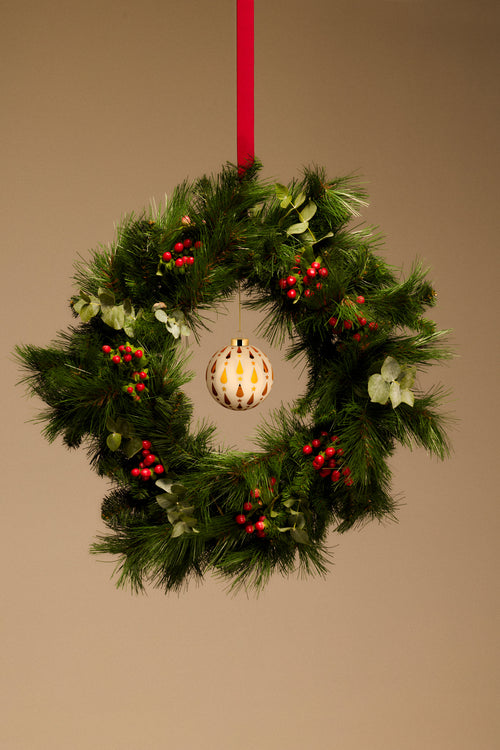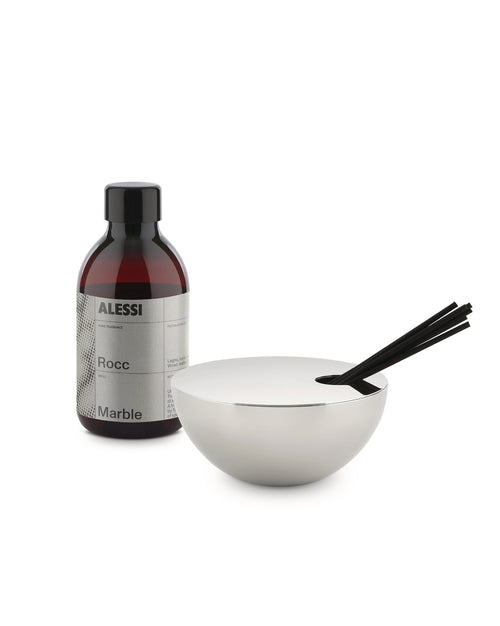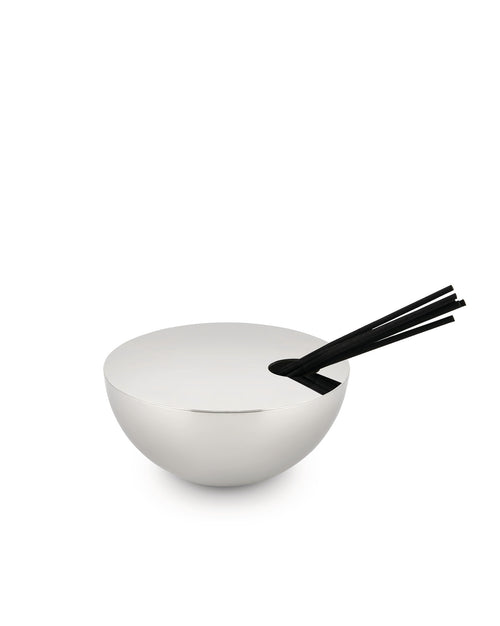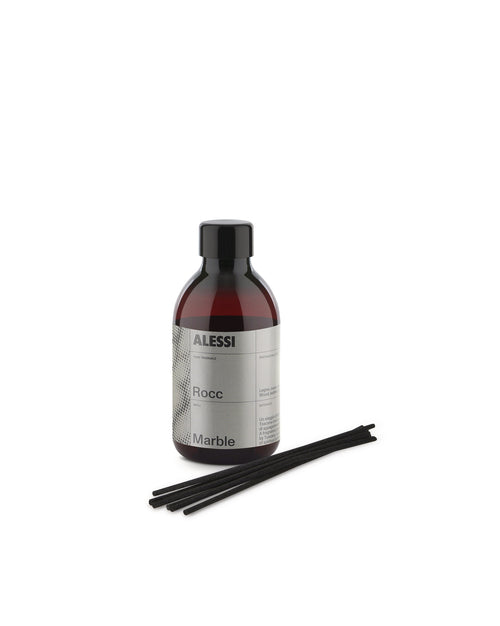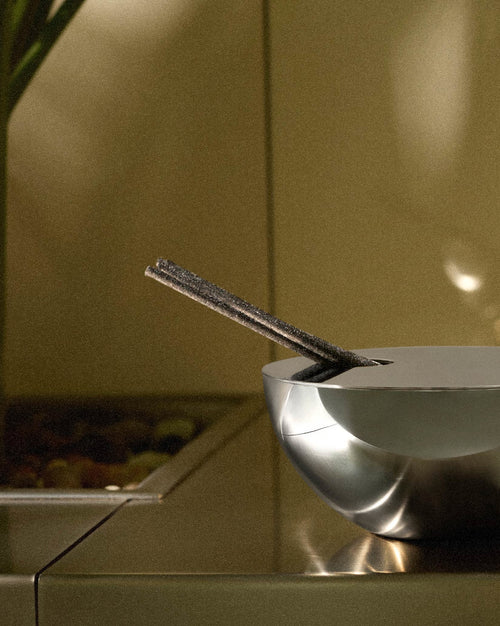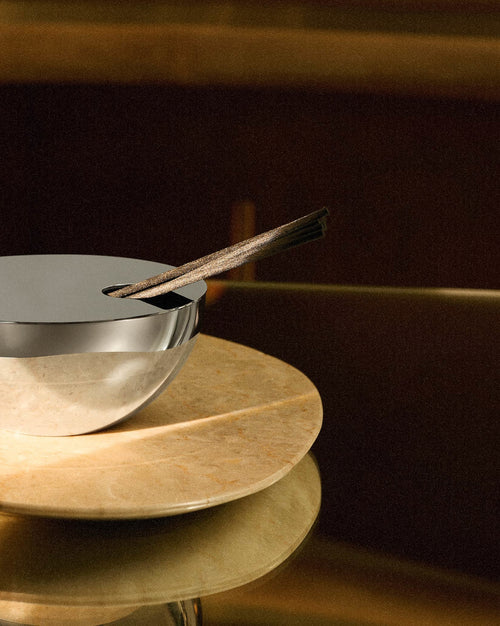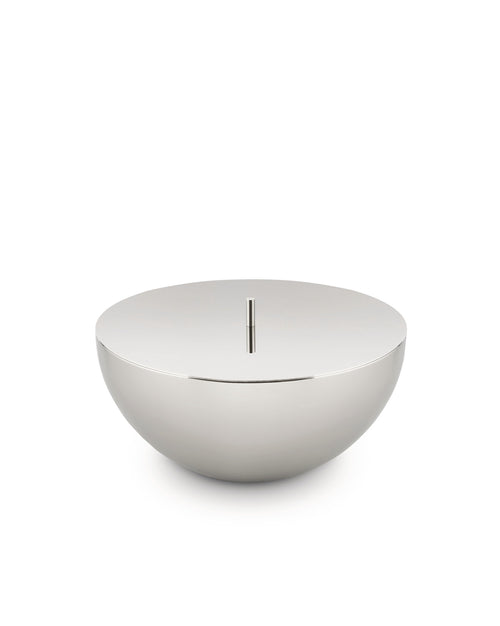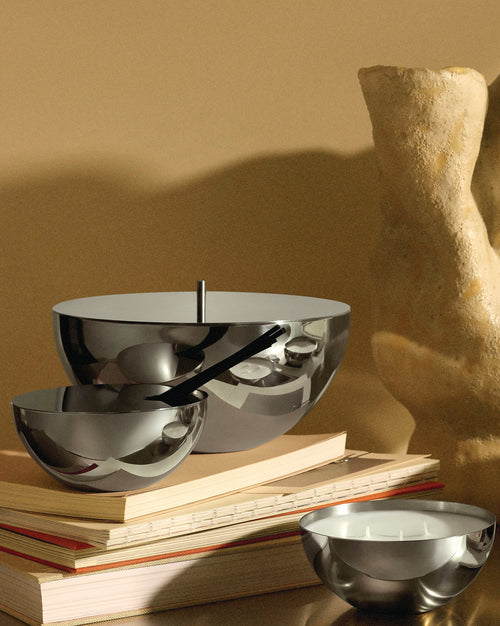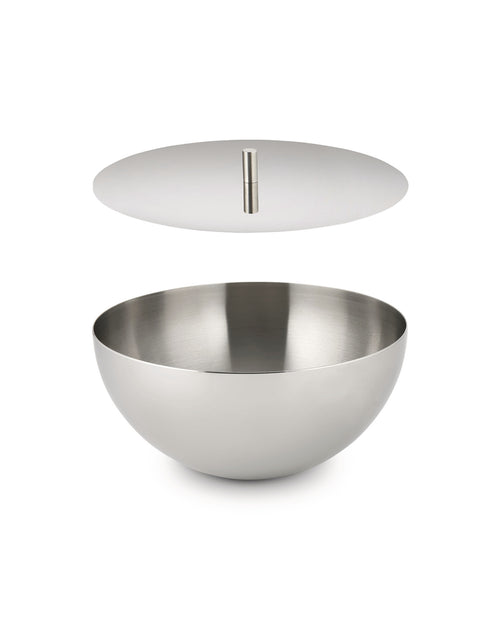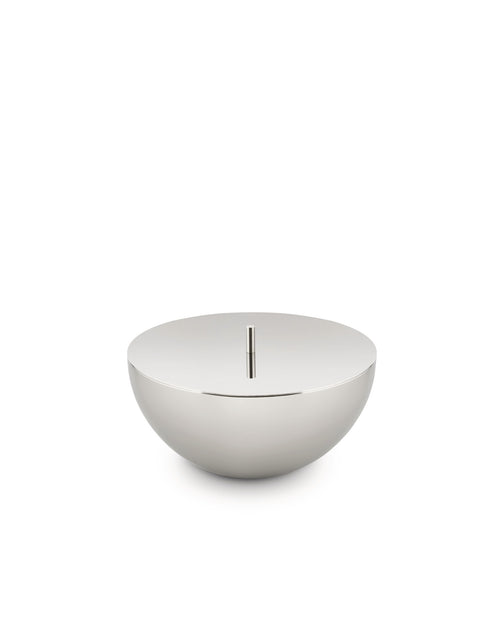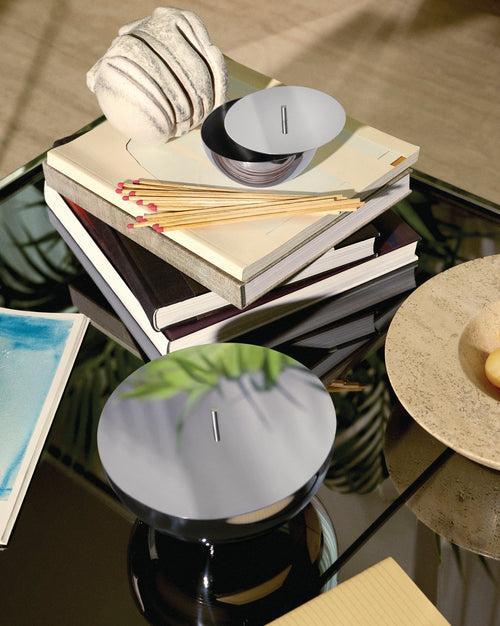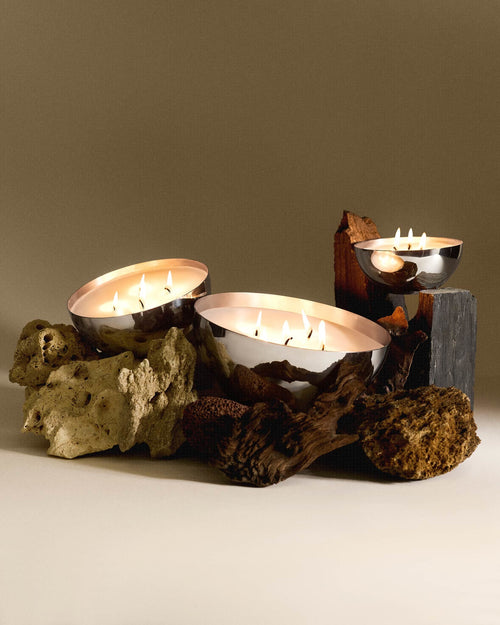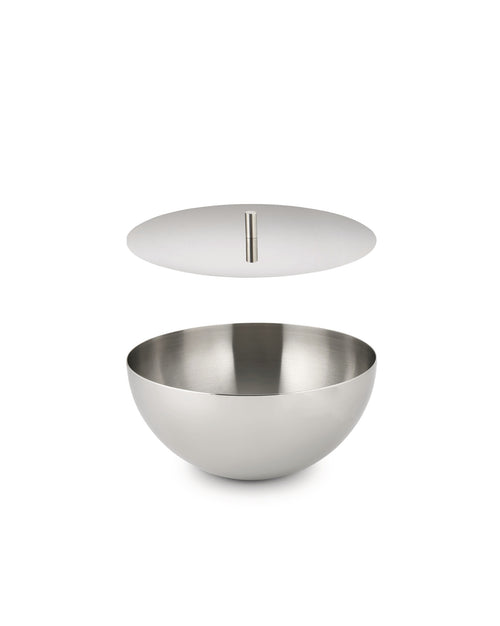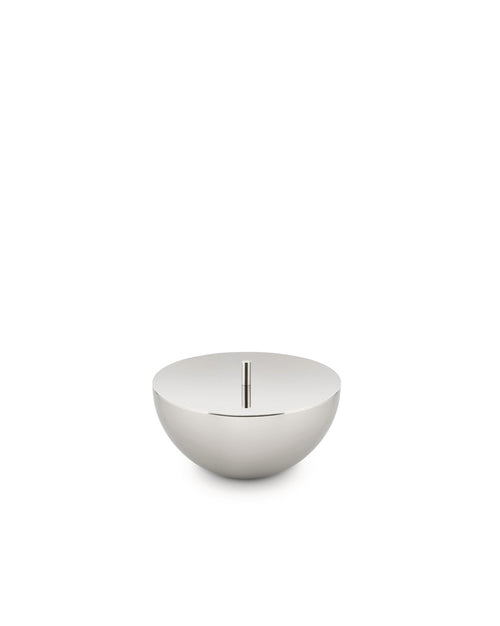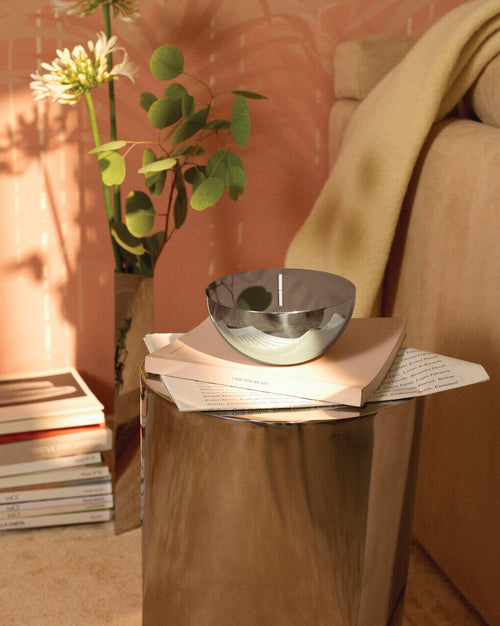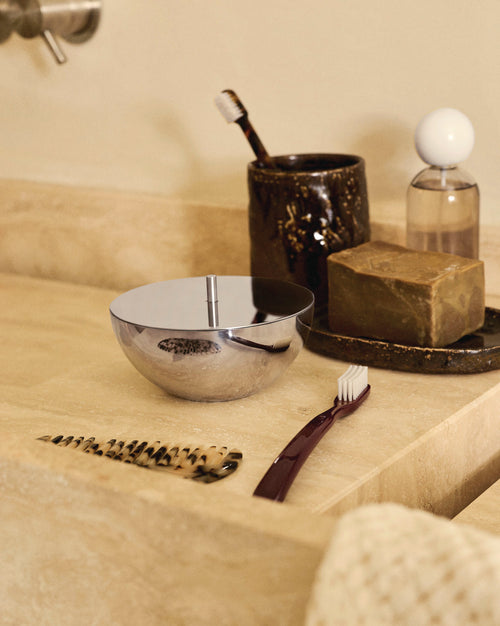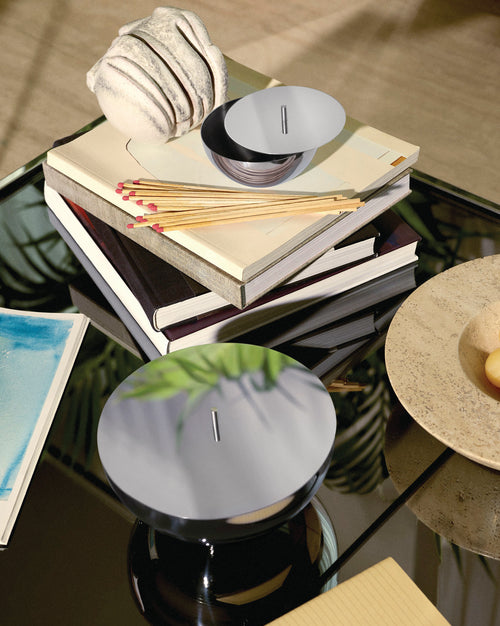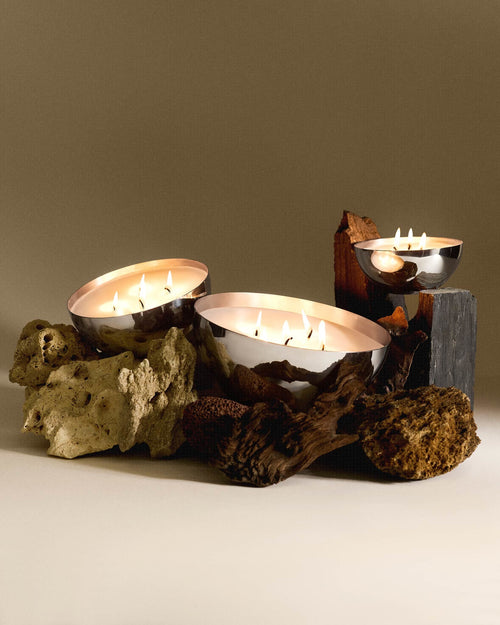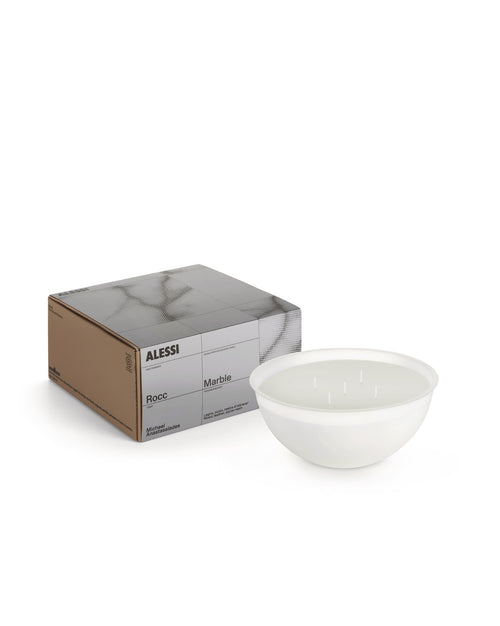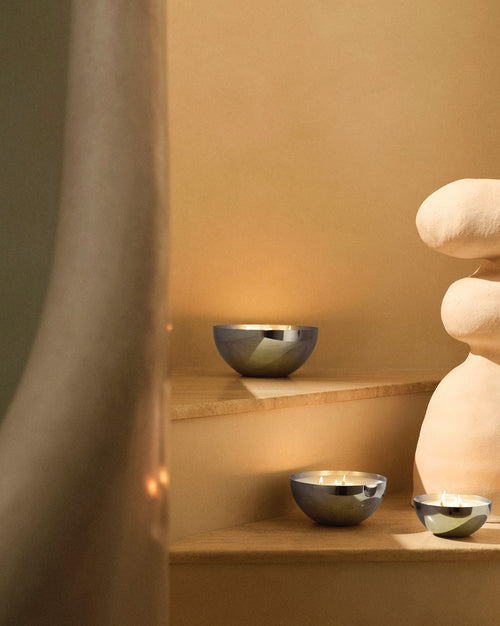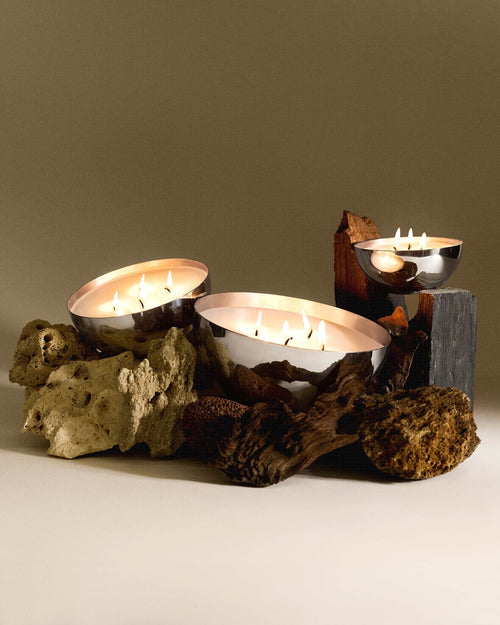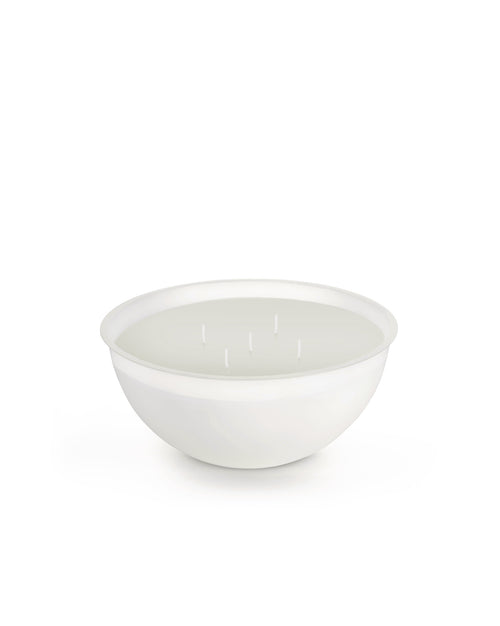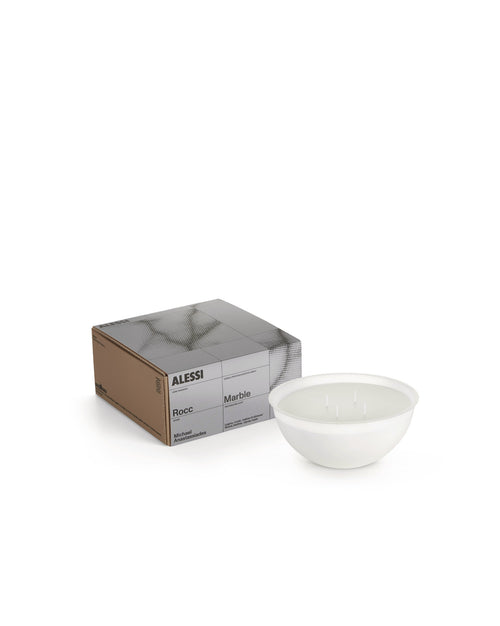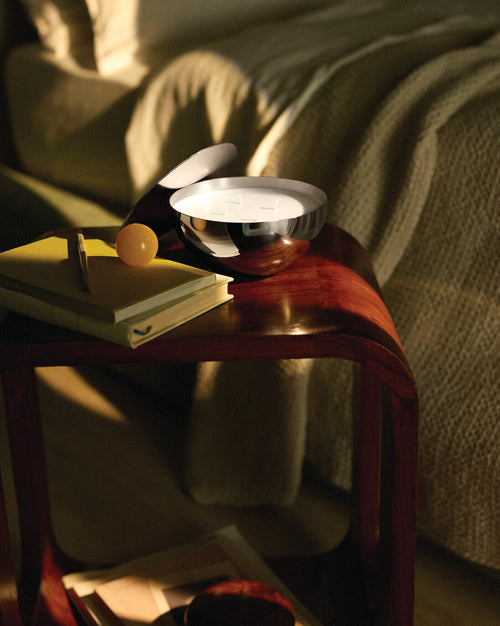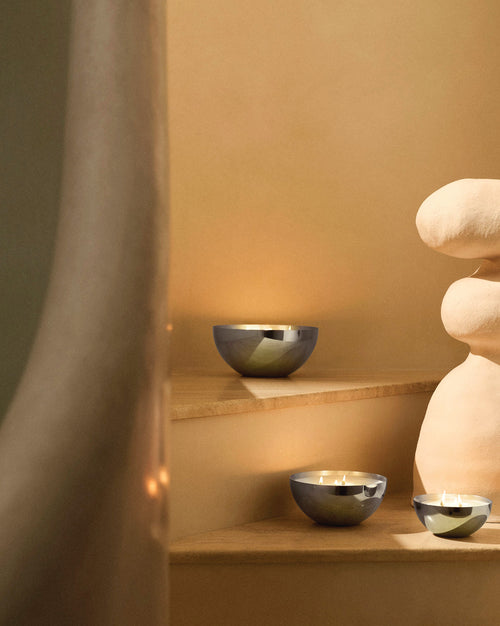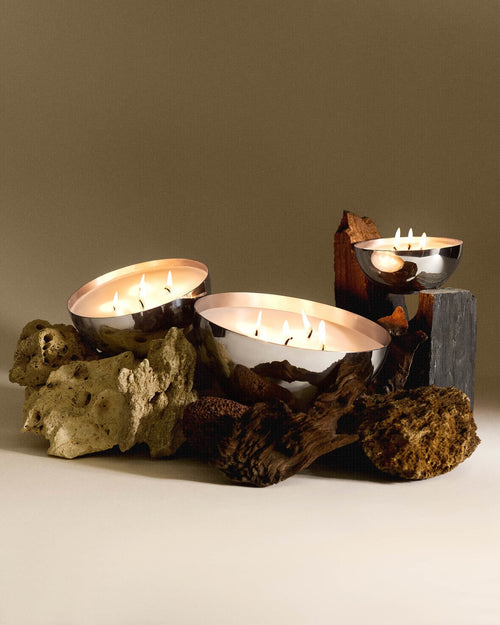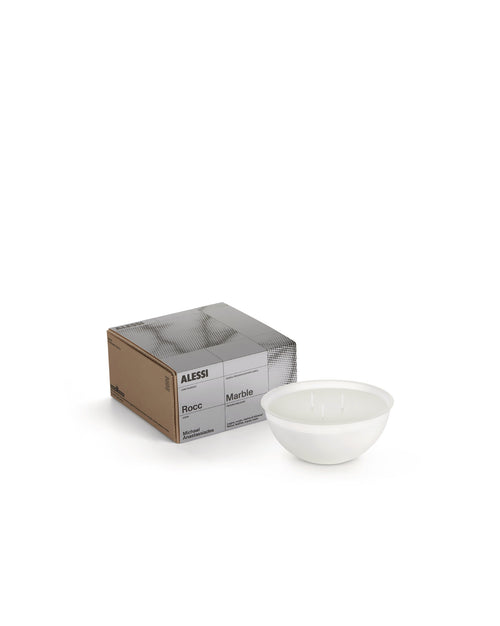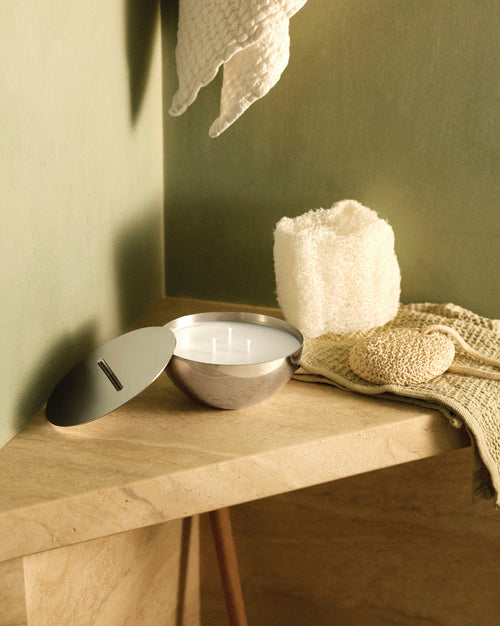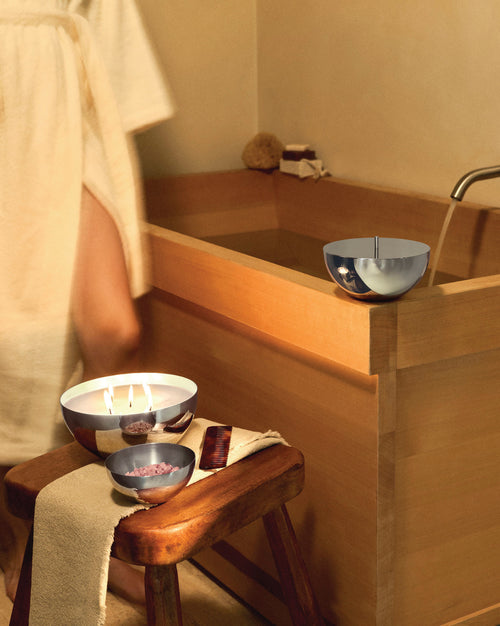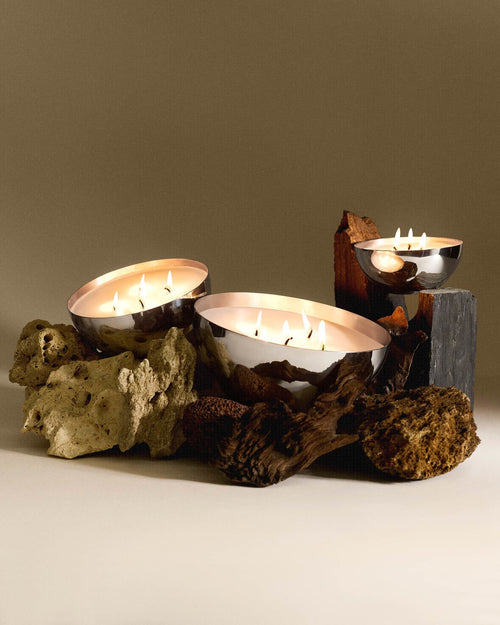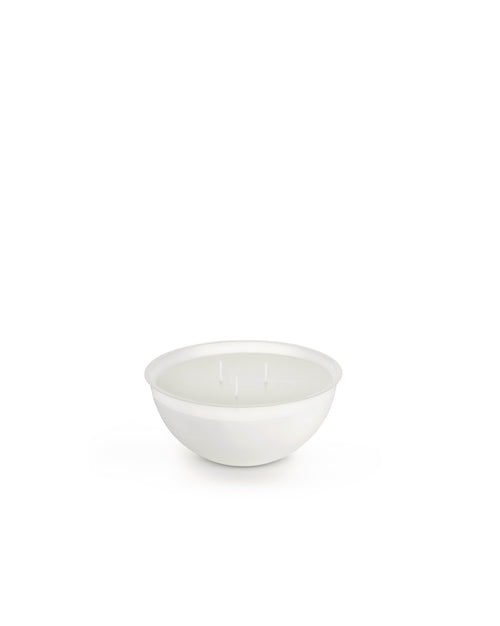Rocc
Design: Michael Anastassiades
Rocc is a home fragrance project inspired by the mineral world. The fragrances are available in the form of candles, wrapped in an elegantly minimalist stainless steel container that winks an eye at proto-industrial metal objects. The container comes with a lid to protect the candle when not in use. A rock collector and enthusiast, Michael Anastassiades investigated the possibility to associate the sense of smell to elements that are usually admired only with the senses of sight and touch.
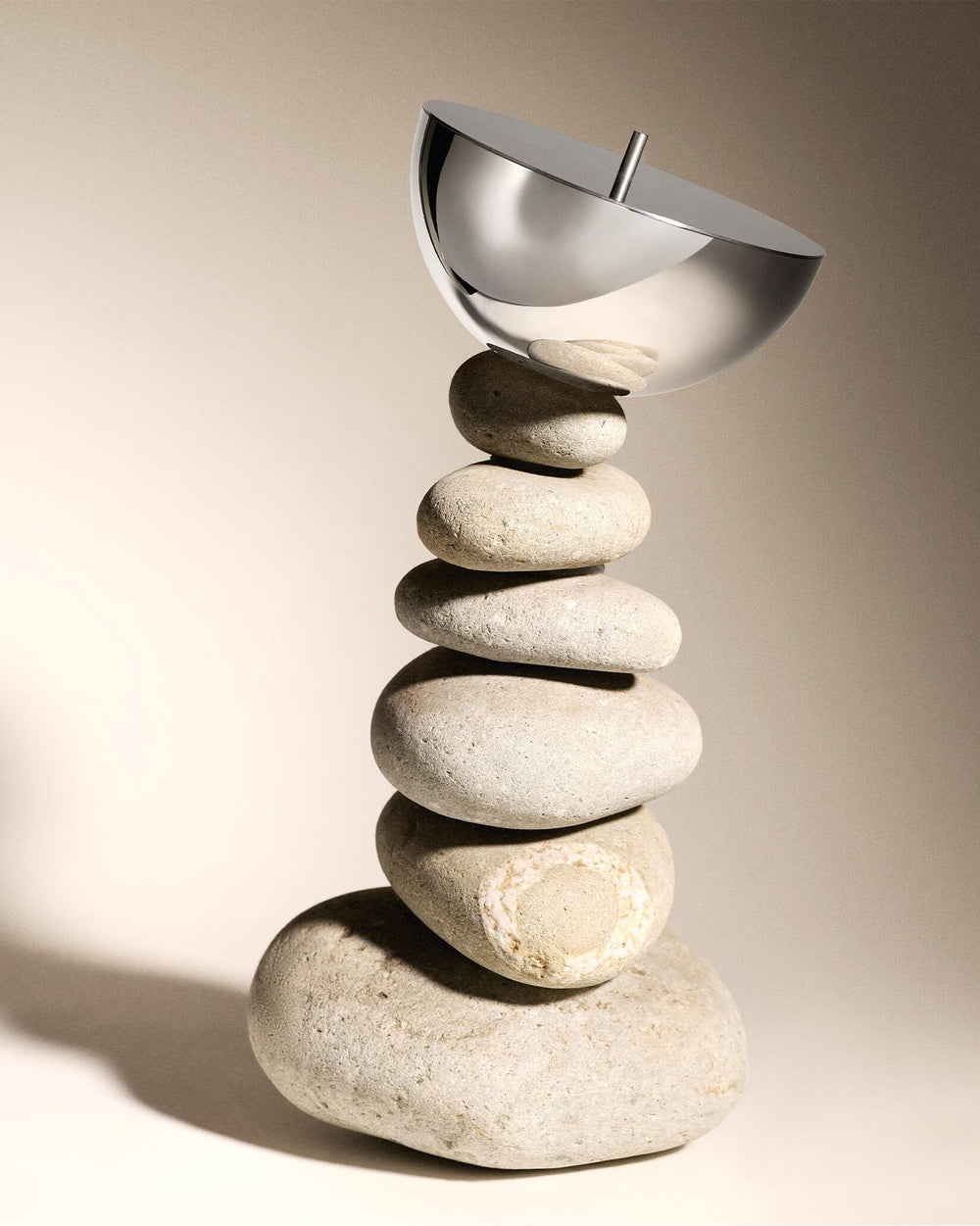

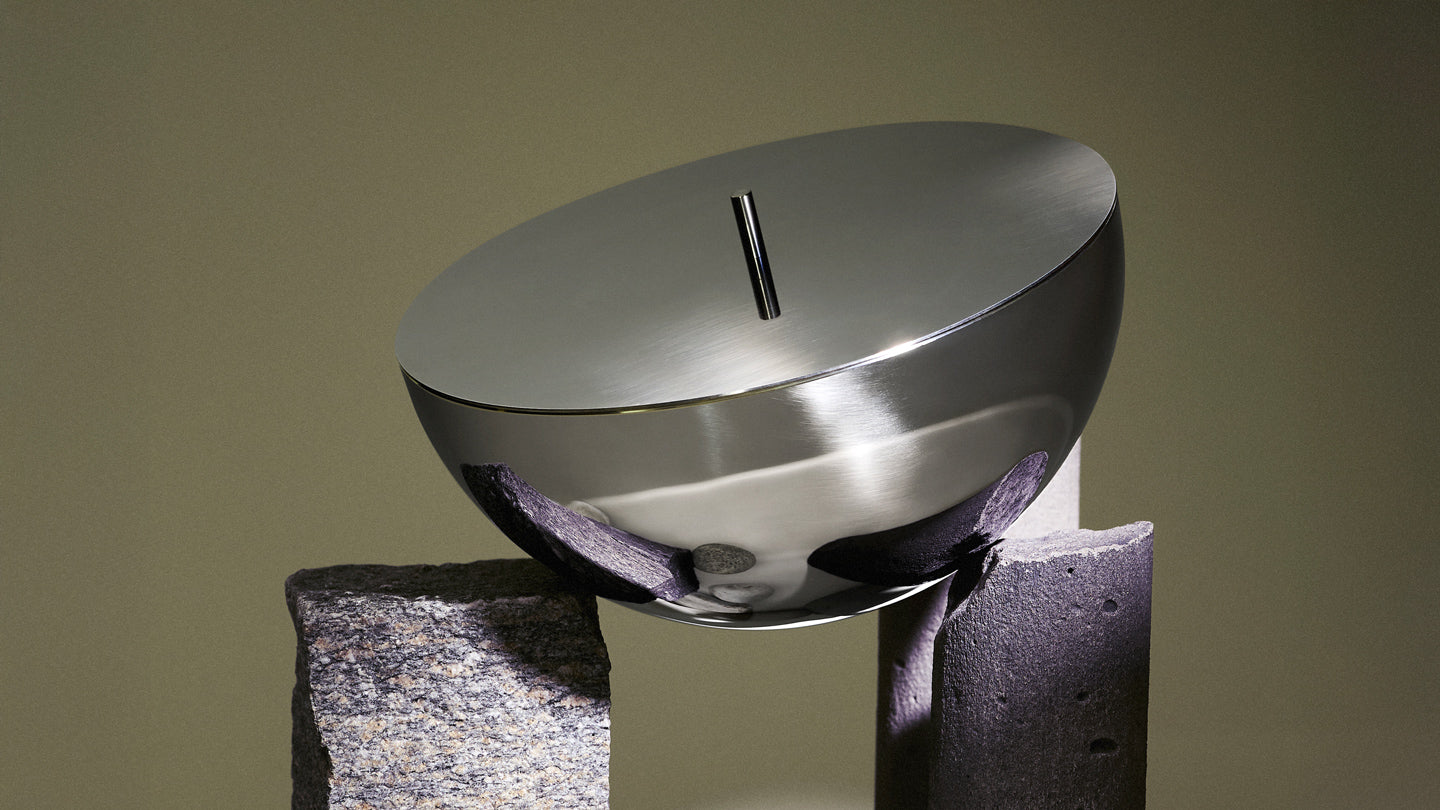
Michael Anastassiades
"A collection inspired by a paradox: giving an olfactory form to what is naturally odorless. Each fragrance is not merely a simple imitation of the material, but a sensory landscape that holds memories and emotions."
The research began from a selection of stones particularly meaningful to the designer, who developed the fragrances in collaboration with one of the most prestigious perfume houses in Grasse: Robertet. The geographic context in which each mineral is found was studied to identify a series of olfactory notes capable of conveying not only the material’s intrinsic characteristics, but also its cultural background. This led to six fragrances — Marble, Basalt, Amber, Amethyst, Clay, and Flint — the result of a memory and imagination exercise ending in an apparent sensory paradox.
MARBLE. Wood, leather, styrax resin
A journey through Tuscan landscapes and ancient stone takes shape in Marble, a fragrance that radiates serenity and spiritual fulfilment. Its notes suggest freshness and solidity through wood, fine leather, and the resinous depth of styrax.
TOP NOTES: Pine
HEART NOTES: Tobacco, balsam Fir (similar to pine resin)
BASE NOTES: Suede, Cedarwood.
To transform the solidity of marble into fragrance, I drew inspiration from its strength and color. I chose white Carrara marble, using powdery and enveloping notes that evoke whiteness, light, and the brightness of open-air quarries. The ingredients in my formula stem from this initial intuition and the effect I wanted to create: the mineral impression, the purity, and the radiance that marble conveys. Almond and heliotrope evoke whiteness, while dry woody and amber notes express its arid, mineral character. For the top notes, I chose a bright and fresh opening, inspired by the quarries themselves. To enhance this effect, I used many natural raw materials, as a tribute to the Earth. Cedarwood, patchouli, and iris give the fragrance depth. I believe that only natural ingredients can offer such richness and olfactory complexity.
Serge De Oliveira - Perfumer
BASALT. Nepal pepper, cade essential oil, lemon zest
The primordial atmosphere of a volcanic landscape emerges in Basalt, capturing the essence of smoky darkness with raw sophistication. Its character unfolds through a refined balance of Nepal pepper, cade essential oil, and lemon zest.
TOP NOTES: Lemon peel, Timur pepper (citrusy, fresh scent)
HEART NOTES: Cypress (woody, dry scent)
BASE NOTES: Cade essential oil (smoky, woody scent)
Basalt, a volcanic rock forged in fire and time, may appear still, yet to me it holds an intense inner vibration—mineral, warm, and quietly alive. I aimed to capture this duality: its raw, elemental strength and the subtle warmth that rises from within. Citrus notes like lemon and cedar spark the scent, like sunlight dancing on a dark surface. Spices and pepper release the inner heat of the stone, while smoky woods and resins anchor the fragrance in its geological soul. From stone to scent: it’s about turning texture into temperature, silence into movement, mass into aura. I sought out living materials, capable of expressing nuance. The resinous warmth of copahu and cypress evokes the sap once flowing through now-petrified trees. I chose CO₂-extracted timur pepper for its bright, almost electric citrusy crackle, and green tea and elemi to suggest wind brushing across dry rock. Nutmeg and chestnut add a roasted, earthy comfort, echoing nature’s slower rhythms. Each ingredient reflects the mineral, vegetal, and fiery facets of basalt. I approached this project like a scent archaeologist, digging through layers of matter in search of life, fire, and atmosphere.
Manon Coen - Perfumer
AMBER. Honey, tonka beans, spices
Amber conveys enveloping warmth and regeneration. This scent weaves golden honey, soft spices, and the balsamic roundness of tonka bean, offering a sense of intimacy and vitality.
TOP NOTES: Orange essential oil
HEART NOTES: Cinnamon and Nutmeg essential oils
BASE NOTES: Tonka bean (vanilla-like, slightly spicy scent)
When I imagine a fragrance like Amber, I close my eyes and listen to what the stone holds: ancient forests, living resins, buried warmth. To shape these memories, I begin with the brightness of citrus—like sunlight on the surface—then dive into the hidden heart, where spices and coffee pulse like an underground fire. Woods and resins in the base ground the fragrance, like layers of earth that preserve the soul of the world, turning it into a suspended beauty. The stone becomes fluid, alive: that is where the scent is born. Nature is the great storyteller—it offers textures, temperatures, emotions. For AMBER, I chose ingredients that speak of earth, fire, and air—bergamot, orange, and cardamom for clarity, spices and coffee for the warmth at the core, tonka, pine, and dry woods for a deep embrace, like resin hardening into amber. I imagined ancient resins trapped in stone, still alive, waiting to be awakened. My task was to give voice to their silence, letting them speak—through scent.
Amandine Galliano - Perfumer
AMETHYST. Violet, myrrh, lavender
At the heart of Amethyst, violet, lavender, and myrrh blend in a composition that soothes like a balm. Transparent and embracing, the fragrance fascinates with its calm yet mysterious intensity.
TOP NOTES: Violet
HEART NOTES: Lavender, Wine sediments
BASE NOTES: Myrrh essential oil
At the subatomic level, Newton’s laws no longer apply: matter behaves like a wave, and what we call “solid” loses its meaning. This perspective fueled my imagination as I set out to translate amethyst into a fragrance. I deeply believe in the value of natural raw materials—they are true treasures. I’ve worked exclusively with them for some time, and they now form the foundation of my compositions. I’m highly sensitive to the influence of precious stones on human beings. Hildegard of Bingen described their formation process with astonishing precision simply by “thinking about it”: an inexplicable phenomenon that comes from becoming familiar with the stone and listening to it in silence. In the case of amethyst, the first element that emerged was wine—its name in Greek means “not drunk.” Lavender, with its purple hue, naturally found its place in the accord. I imagined the scent of violet, a “mute” flower in perfumery—only its leaves yield an absolute with a distinctly green profile. This accord blends with musks tinged with raspberry facets. And since it is the stone that adorns the episcopal ring, I chose to finish the composition with an accent of myrrh and a warm, spiritual amber base.
Laure Jacquet - Perfumer
CLAY. Sharp cedar, pepper, petrichor
The scent of rain falling on earth inspired Clay, a fragrance that evokes moisture, greenery, and raw matter. Freshly cut grass, petrichor, black pepper, and intense cedar form an olfactory landscape that feels authentic and alive.
TOP NOTES: Black pepper, Elemodor (citrusy note)
HEART NOTES: Petrichor (the smell of rain on dry earth), fresh Grass accord
BASE NOTES: Ambroxan (warm, musky scent with woody and sweet notes), sharp Cedar
The visual dimension has always had a strong impact on my creative process. I think of fragrances in terms of texture, contrast, and form. The same words apply to both materials and scents: sharp, soft, dry, delicate… Some have a velvety scent, others are round and opulent, or leave a strong, even brutal impression. To olfactively construct a stone, I asked myself: which materials capture light like a crystal? Which have the precision of a marble edge? What contains the moisture of wet clay? I used these elements to express the different facets of stone, selecting raw materials capable of revealing the right qualities and balancing the unnecessary ones. I have a deep affinity with natural raw materials, often tied to personal memories. Beta-caryophyllene, a molecule found in black pepdper, recalls wet earth and petrichor. Frankincense, used for centuries, speaks to the imagination—its scent reflects its shape: sharp and luminous crystals. Landscapes, photographs, and fragrances, to me, are constructed in the same way: with foreground, middle ground, and background, the presence of a subject, contrasts, and textures.
Clement Marx - Perfumer
FLINT. Flint shards, wild fern, oakmoss
Finally, Flint moves through sharp sensations and ceremonial visions: pure oxygen, wet metal, and flint merge with wild fern and moss, recalling the raw, magnetic strength of stone.
TOP NOTES: Flint shards, wild Fern
HEART NOTES: Ambroxan (warm, musky scent with woody and sweet notes)
BASE NOTES: Amber dust, Oakmoss
The visual dimension has always had a strong impact on my creative process. I think of fragrances in terms of texture, contrast, and form. The same words apply to both materials and scents: sharp, soft, dry, delicate… Some have a velvety scent, others are round and opulent, or leave a strong, even brutal impression. To olfactively construct a stone, I asked myself: which materials capture light like a crystal? Which have the precision of a marble edge? What contains the moisture of wet clay? I used these elements to express the different facets of stone, selecting raw materials capable of revealing the right qualities and balancing the unnecessary ones. I have a deep affinity with natural raw materials, often tied to personal memories. Beta-caryophyllene, a molecule found in black pepdper, recalls wet earth and petrichor. Frankincense, used for centuries, speaks to the imagination—its scent reflects its shape: sharp and luminous crystals. Landscapes, photographs, and fragrances, to me, are constructed in the same way: with foreground, middle ground, and background, the presence of a subject, contrasts, and textures.
Clement Marx - Perfumer
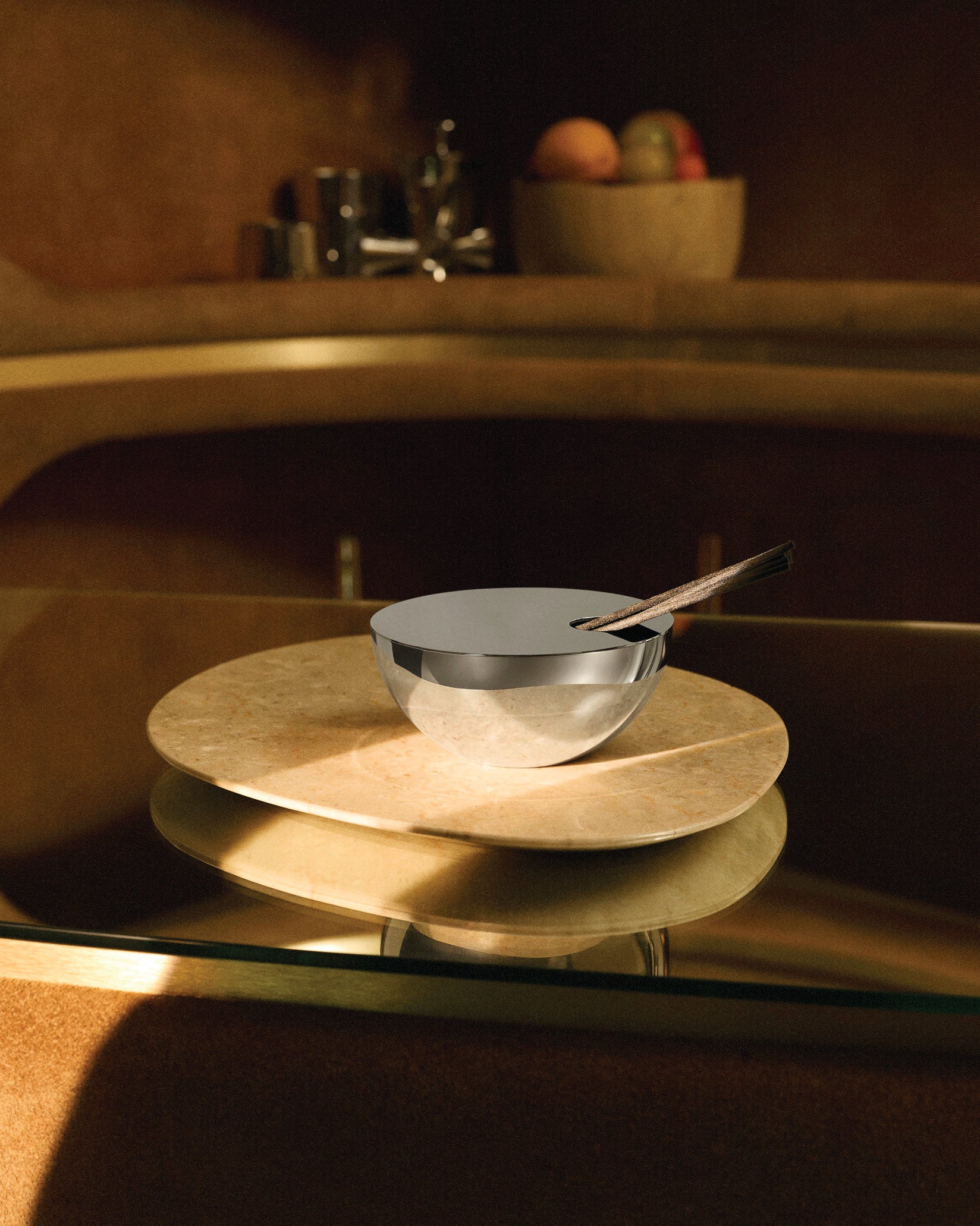
Fragrance diffuser with lid
Fragrance diffuser with lid in 18/10 stainless steel, with a set of rattan sticks and 200 ml of water-alcohol solution, available in six different fragrances: Marble, Basalt, Amber, Amethyst, Clay and Flint.200 ml fragrance refills with a set of rattan sticks arealso sold separately.
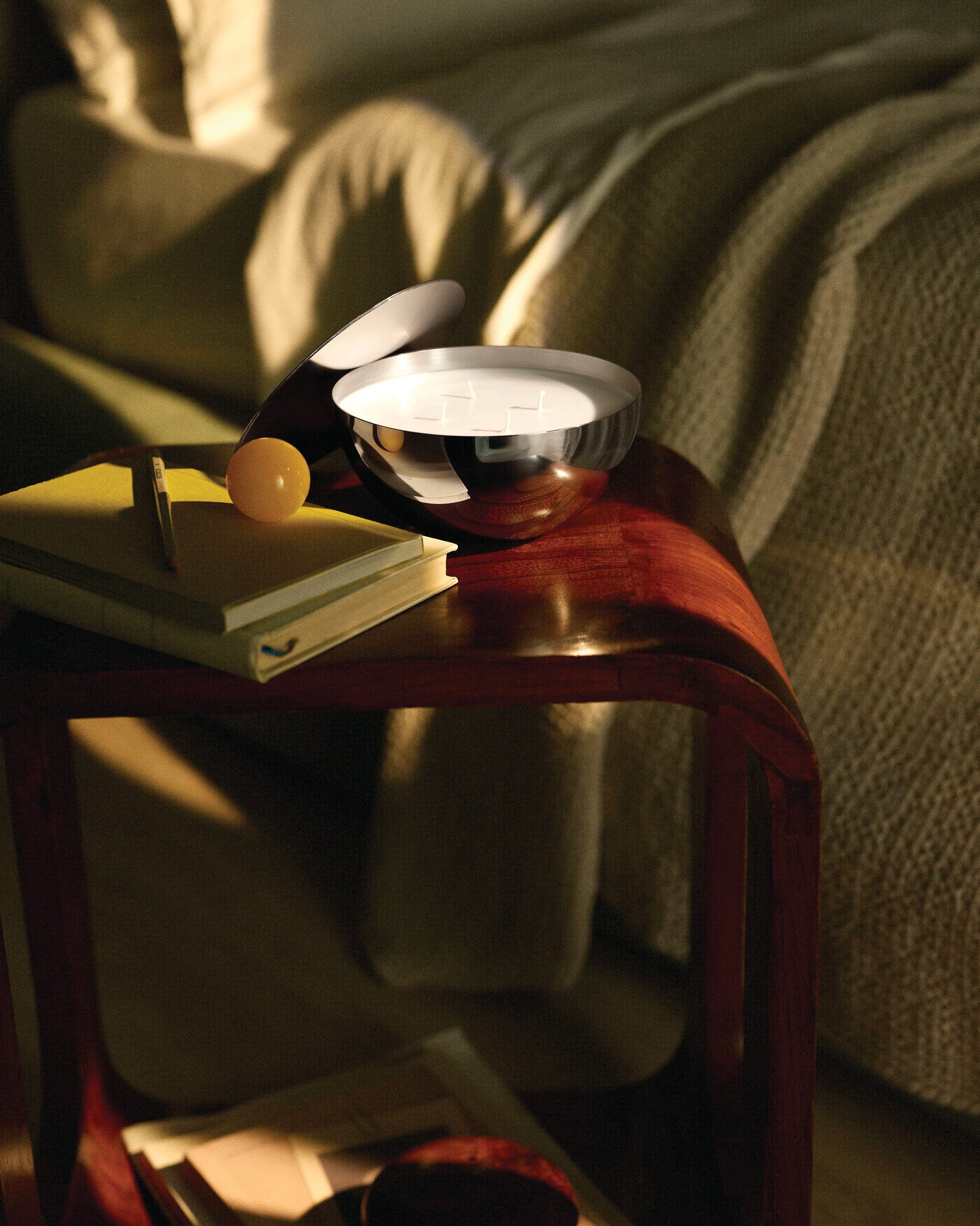
Container with lid
Scented candle for use with the container, availablein three sizes, 250 g, 600 g and 1200 g, and insix different fragrances: Marble, Basalt, Amber,Amethyst, Clay and Flint. The container with lid and candle are sold separately.
Reusable
But Rocc goes beyond function: once the wax or fragrance is used up, the containers retain their elegance and utility, ready to be repurposed as candle holders, diffusers, or simple everyday objects. It’s a tangible gesture of environmental awareness, in tune with a vision of lasting, responsible design. This commitment to versatility has inspired a thoughtful choice: the stainless steel containers are sold separately from the wax and fragrance solution, inviting users to curate their own personalized scent experience.
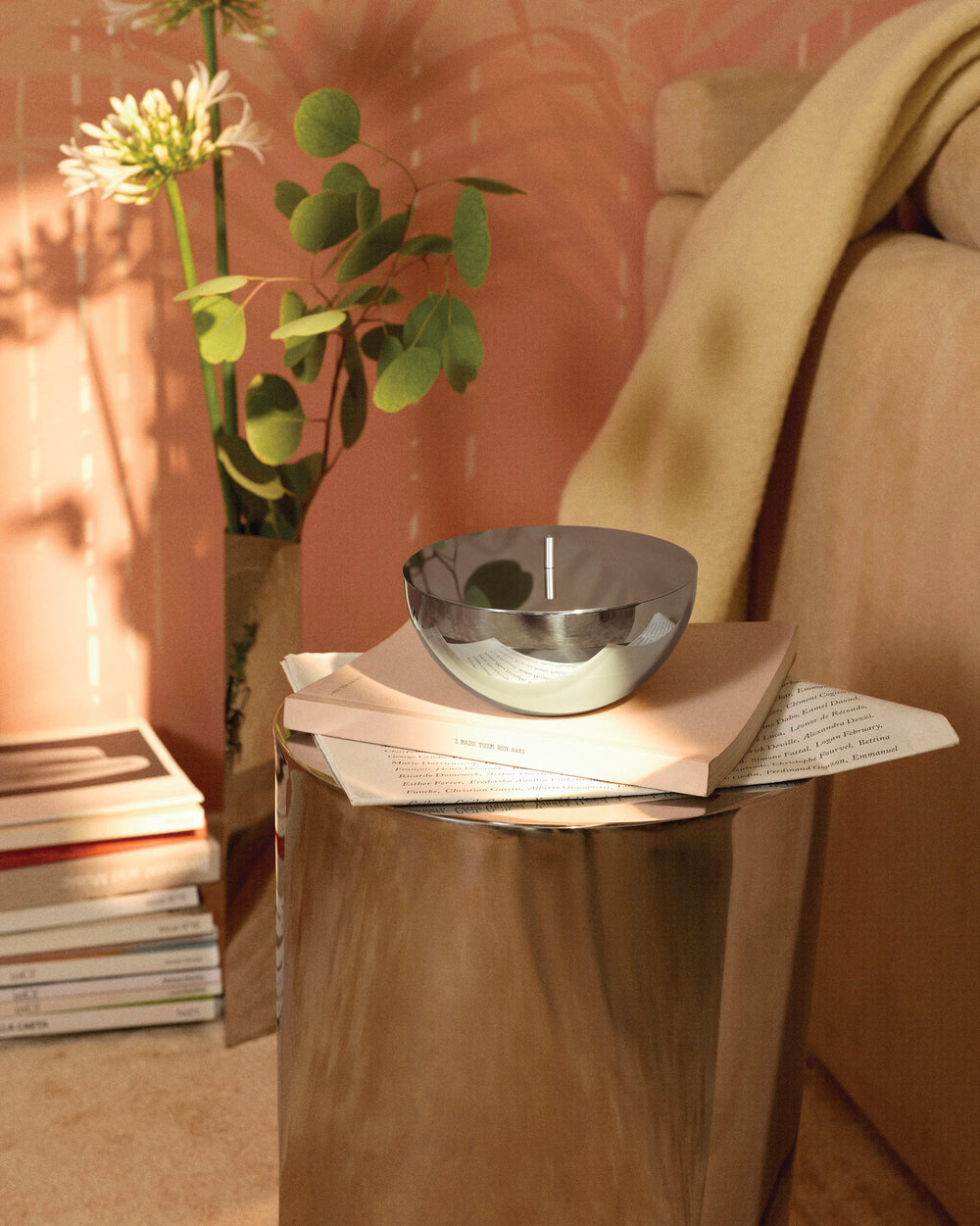

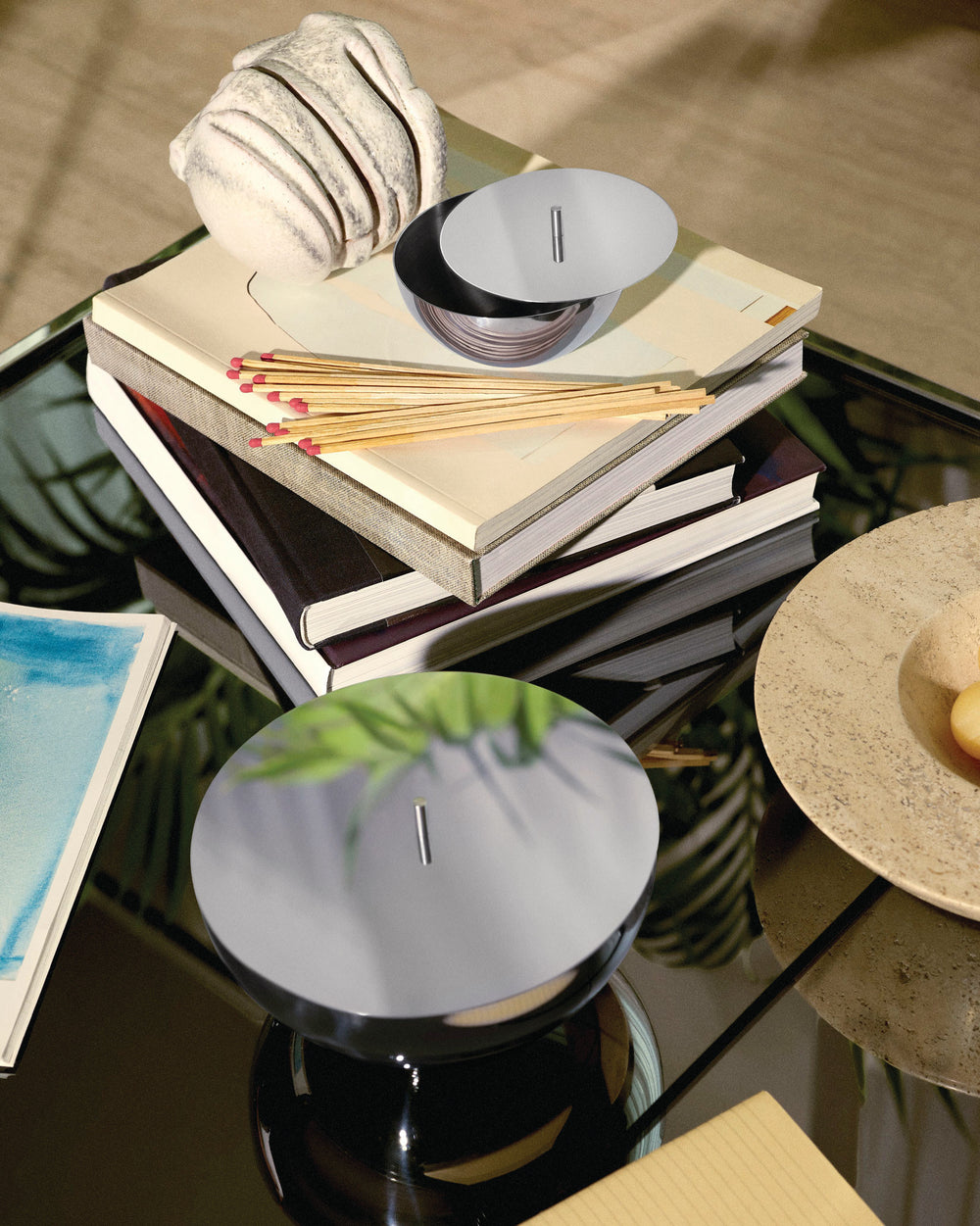

“In my olfactory daydreaming explorations, I often presume what the smell of stones are. Perhaps it is out of my long-time fascination and my obsession with collecting stones for over 50 years.”
How long does it take for a candle to release its full olfactory potential in a room?
Depends on the size of the candle and the room. For optimal diffusion, it is important to let it burn until the entire surface of the wax has melted. In colder environments, this process takes longer. During the first burns, the surface to be melted will be larger than in the second half of the candle’s life. The candle may release a light scent even when unlit, but it is the melted wax that diff uses the fragrance in the room.
What are the strengths of the collection?
The Rocc collection was designed to stand out from the traditional candle offering, thanks to original scents inspired by minerals—materials that are naturally scentless. The refillable system reduces environmental impact and encourages more responsible use of the product.
Designed to be reused beyond its original function, Rocc containers are suitable for various uses: tableware, decorative elements, storage objects, or vases. The fragrances of the Rocc collection were created by a historic Grasse-based perfume house with 175 years of experience, in collaboration with Michael Anastassiades and renowned international perfumers. Each scent is born from an unconventional olfactory idea, intended to evoke the essence of materials that are naturally scentless. All elements of the Rocc collection are made in Italy. The Rocc collection is designed by Michael Anastassiades, an internationally acclaimed designer known for his essential and poetic approach.
The fragrances in the Rocc collection contain a high percentage of natural ingredients, selected for their olfactory quality.
What are the alternative uses for the containers?
The containers can be reused as jewelry holders, catch-alls, key trays, or aperitif bowls, thanks to their food-safe properties.
Do natural ingredients mean natural fragrances?
The Rocc collection fragrances combine natural and synthetic raw materials, selected by Robertet, a leading French company in natural perfumery.
The exclusive use of natural ingredients limits the available range of notes and requires large quantities of raw material, resulting in greater environmental impact. Synthetic molecules expand the creative palette and allow for the replication of iconic notes such as musk, now produced without affecting animals. In some cases, natural ingredients can be more allergenic than synthetic ones. The balance between natural and synthetic enables more stable, sustainable, and widely accessible fragrances.
Where is the collection made?
The containers are made in Italy; the fragrances are conceived in Grasse and produced in Italy. A 100% Made in Italy product. In line with our B-Corp certification, we are committed to developing collections that are sustainable not only for the environment but also for the entire supply chain.
What is the suggested order for sampling the fragrances?
To avoid olfactory fatigue, we recommend sampling the fragrances in order of increasing intensity. The ideal sequence is: Amber, Amethyst, Marble, Flint, Clay, Basalt. More intense fragrances, such as Basalt, should be smelled twice: often the second impression differs from the first due to a natural reaction of the olfactory system.
Tips: If your sense of smell feels overwhelmed, sniff the back of your hand or coffee beans to “reset” your senses before continuing.
What are olfactory pyramids?
Olfactory pyramids describe the structure of a fragrance: top notes are the first impressions, heart notes define the character, while base notes are the most long-lasting. In candles, heart and base notes are the most perceptible and may linger in the room even after the candle is extinguished.
What is the wax composition?
The wax is composed of 70% paraffin and 30% natural wax. Using 100% natural wax may hinder proper wick combustion, compromising flame quality and fragrance diffusion. The chosen mineral wax is based on triple-refned paraffin of pharmaceutical and food-grade quality.
What to do if the wax refi ll has chipped edges?
During the transfer from the capsule to the metal container, small pieces of wax may break off. Simply place them near one of the wicks during the first lighting to use them entirely and ensure maximum fragrance intensity.
Tips: the colder the wax, the easier it is to remove from the capsule.
Does the steel container heat up during use?
Tests confirm that the metal container does not get hotter than a glass one of the same size. As with all candles, it’s important not to move it while the wax is melted to avoid contact of hot wax with skin or surfaces.
How to clean the container once the candle is finished?
To remove wax residue, you can follow two methods:
Freezer: place the container in the freezer for a few minutes. Once hardened, the wax will come off easily;
Boiling water: pour boiling water into the container and let it cool. The wax will rise to the surface and solidify. Simply remove it.
Tips: after removing the residue, the stainless steel container can be washed by hand with soap and water or in the dishwasher.
Why do the M and L candles have more than one wick?
The number of wicks is proportional to the surface area of the candle. This creates a more captivating lighting effect and ensures an even burn and faster, more intense fragrance diff usion.
Why do the diff users contain alcohol?
Alcohol allows for proper evaporation and diffusion of the fragrance into the air.
Is the plastic capsule suitable for burning?
Do not light the candle in the plastic capsule: it may melt and cause hot wax to leak. Remove the refill by gently turning it over and place it in the stainless steel container (sold separately).
What is the burn time of the candles and the diffuser?
Burn time may vary depending on room temperature and air drafts. Keep candles away from air currents to ensure a regular burn. Approximate durations under optimal conditions:
Small candle: about 25 hours;
Medium candle: about 35 hours;
Large candle: about 50 hours;
Diffuser: about 30 days.
Can I personalize the candles or diffusers with an engraving?
Yes, personalization is available on the flat surface of the lid.
In how many languages are the instructions and certifications available?
Italian, English, French, German, Spanish, Czech, Danish, Finnish, Greek, Dutch, Norwegian, Polish, Portuguese, Swedish, Slovenian, Slovak.
Where can I find the complete list of ingredients or allergens in the fragrances?
The list of allergens is available on the fold-out label inside the packaging and on the product. Allergens: Octahydro tetramethyl acetonaphtone, piperonal, ethyllinalool, (-)-ß-pinene, 2-isopropoxyethyl salicylate.
